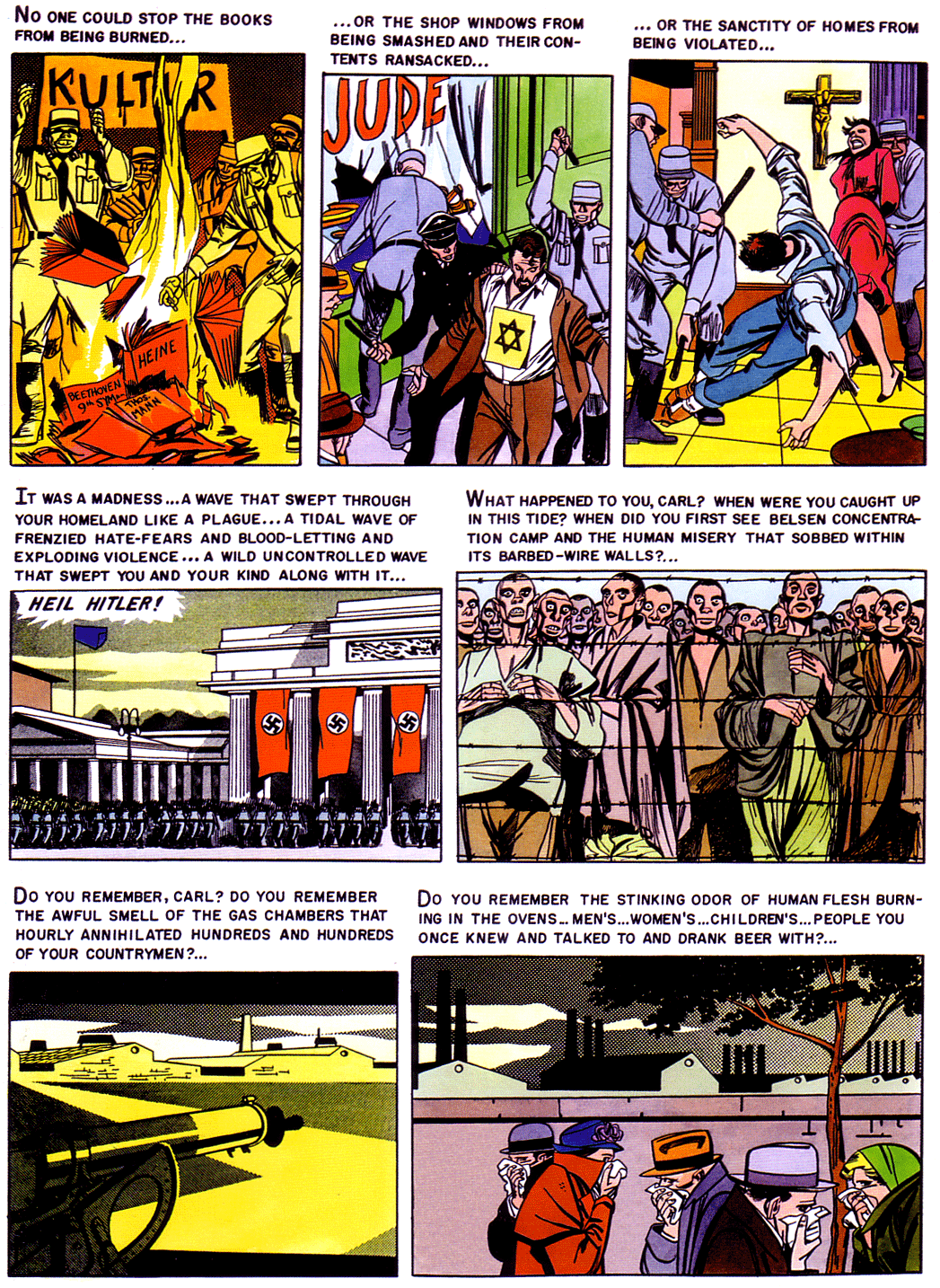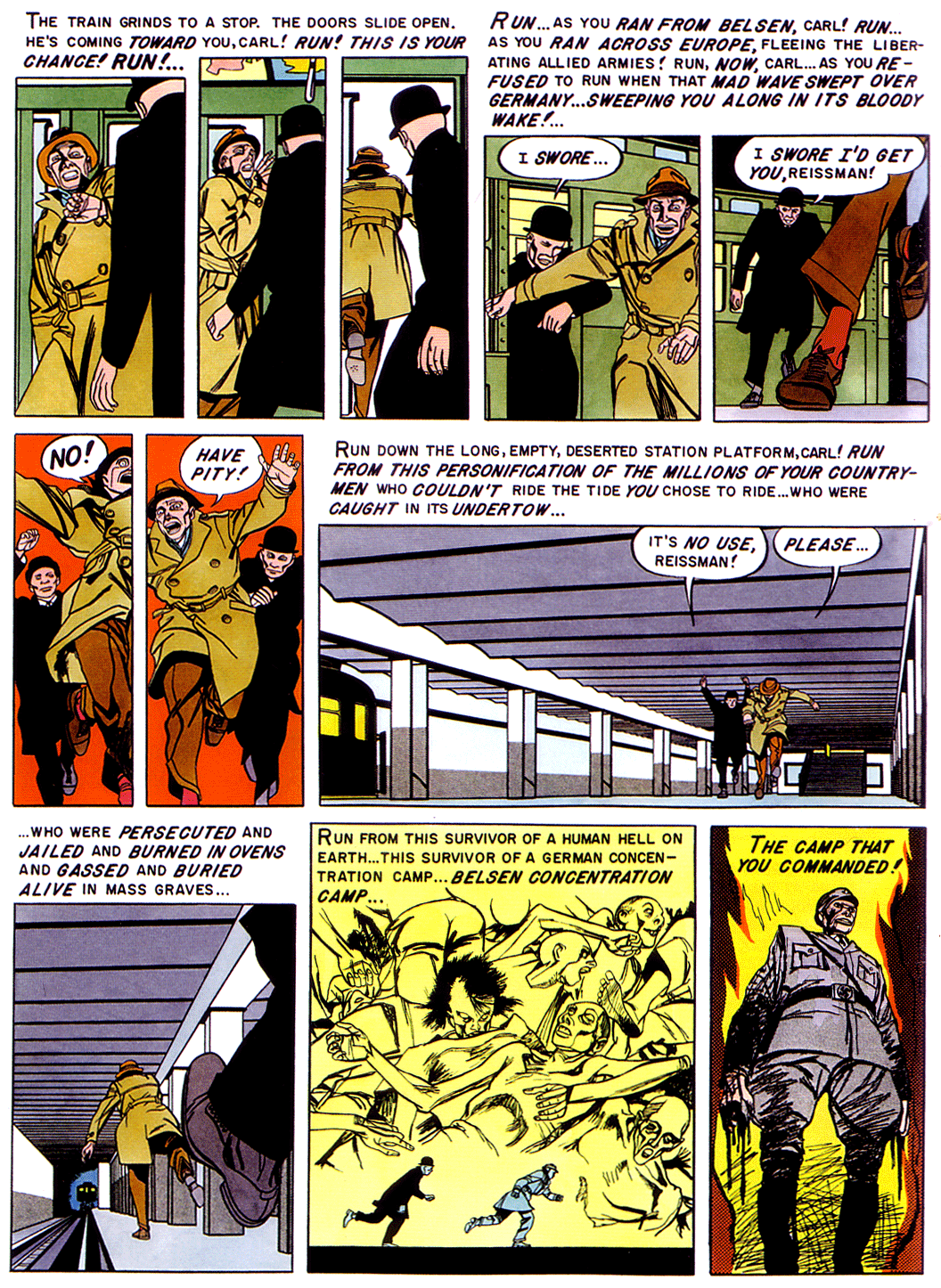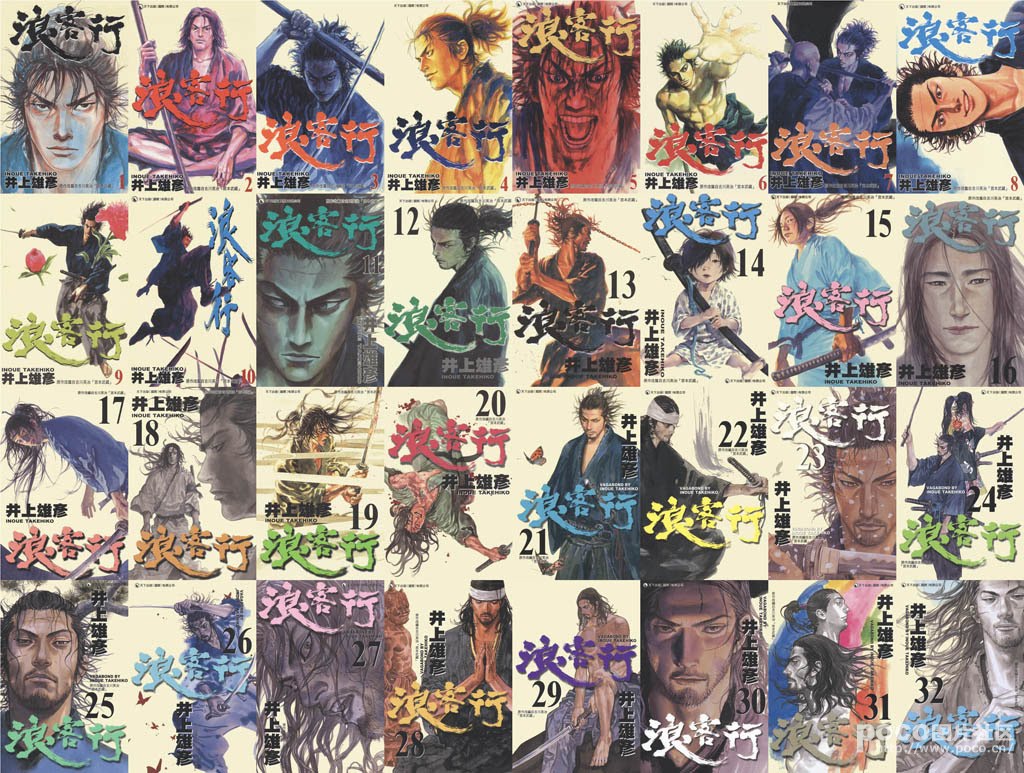Crossed

A warning before you go any further. This one is extreme. Its violent, obscene, mean spirited and nasty as fuck. In fact one of the reasons Im including it is that its one of a small handful of comics that has ever managed to shock me.
You've probably heard of Garth Ennis. He started his career alongside John McCrea with Troubles slice of life comedy strip Troubled Souls for Crisis in the early 90s. I met them around this time at a signing and got to hang out with them for a while and Ennis gave no inkling of the monster he would later become. First there was his excellent run on Hellblazer, then the controversial and silly Preacher with Steve Dillon (RIP), beloved of student contrarians everywhere. This was followed by some mainstream US work including a spell on the Punisher, and then came The Boys, which pumped up the ultra violence and sexual content and was recently subject to a superior TV adaptation. This brings us to 2008 and Crossed.
If you've ever seen or read anything about zombies, you know the score. Infectious disease turns people into killers and a hardy band attempts to survive in the awful new world. But crossed is different, its monsters are clever, maniacal and revel in committing the most appalling acts imaginable. The resulting work gives Ennis an excuse to rip genre conventions to shreds whilst breaking pretty much every taboo in the book. An exhilarating read despite the somewhat anodyne art, it hooks you in from the beginning, fills you with dread and then and leads you through a series of emotional chasms until you are thrown bodily into the pit.
Proceed with caution.
Read (Just the first one, the sequels aren't worth it except maybe Badlands 1-3): https://getcomics.info/other-comics/crossed-collection/
Buy: https://www.bookdepository.com/Crossed-v.-1-Garth-Ennis/9781592910908












A warning before you go any further. This one is extreme. Its violent, obscene, mean spirited and nasty as fuck. In fact one of the reasons Im including it is that its one of a small handful of comics that has ever managed to shock me.
You've probably heard of Garth Ennis. He started his career alongside John McCrea with Troubles slice of life comedy strip Troubled Souls for Crisis in the early 90s. I met them around this time at a signing and got to hang out with them for a while and Ennis gave no inkling of the monster he would later become. First there was his excellent run on Hellblazer, then the controversial and silly Preacher with Steve Dillon (RIP), beloved of student contrarians everywhere. This was followed by some mainstream US work including a spell on the Punisher, and then came The Boys, which pumped up the ultra violence and sexual content and was recently subject to a superior TV adaptation. This brings us to 2008 and Crossed.
If you've ever seen or read anything about zombies, you know the score. Infectious disease turns people into killers and a hardy band attempts to survive in the awful new world. But crossed is different, its monsters are clever, maniacal and revel in committing the most appalling acts imaginable. The resulting work gives Ennis an excuse to rip genre conventions to shreds whilst breaking pretty much every taboo in the book. An exhilarating read despite the somewhat anodyne art, it hooks you in from the beginning, fills you with dread and then and leads you through a series of emotional chasms until you are thrown bodily into the pit.
Proceed with caution.
Read (Just the first one, the sequels aren't worth it except maybe Badlands 1-3): https://getcomics.info/other-comics/crossed-collection/
Buy: https://www.bookdepository.com/Crossed-v.-1-Garth-Ennis/9781592910908











Last edited:




















































































